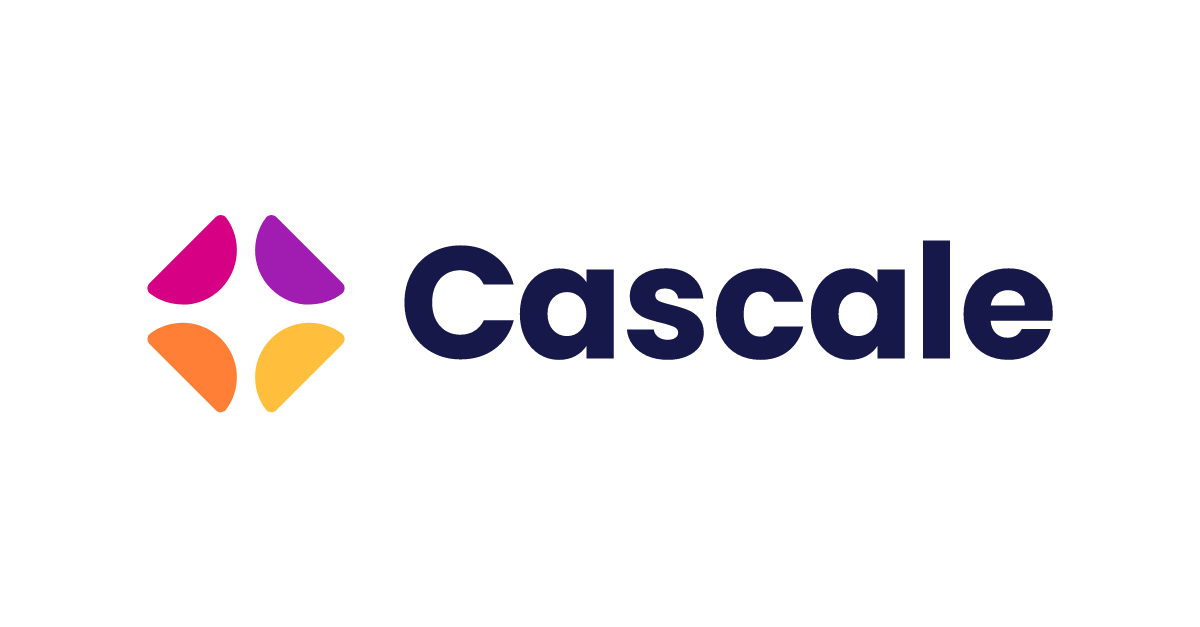Cascale, Worldly Host Climate Event, Mark Decarbonization Steps

Aligned organizations Cascale and Worldly held a first-ever joint event during New York Climate Week. Cascale (formerly the Sustainable Apparel Coalition) is the global nonprofit alliance for the consumer goods industry; Worldly is the exclusive platform for Cascale’s Higg Index and the most comprehensive sustainability data and insights platform.
At the co-hosted “Chatting Climate & Consumer Goods” event held in New York City’s Garment District, speakers and attendees delivered deep supply chain decarbonization insights, building on presentations at the Cascale Annual Meeting and Worldly Customer Forum in Munich earlier this month. Attendees included Cascale members PVH, Patagonia, Lululemon, The Children’s Place, as well as guests including LVMH, among others. Hosts and speakers offered expertise on decarbonization, identifying improvements in supplier engagement, and setting science-based targets.
Colin Browne, CEO, Cascale; Scott Raskin, CEO, Worldly; and Tamar Hoek, Cascale Board Chair and senior policy director sustainable fashion, Solidaridad began the event with a call to action. “You only get so far with voluntary actions,” Browne said, outlining how sustainability regulation will change our workforce and become an imperative, while Raskin invited the audience to challenge the discussions adding, “Let’s not have the same conversations.” “If we really want to have a good future for future generations, then we have to save planet earth,” Hoek said, conveying hope but acknowledging the “long road ahead.”
In the first session, Lewis Perkins, president and CEO, Apparel Impact Institute, joined the stage alongside Browne for a conversation on “Scaling Decarbonization.” The executives discussed the collaborative work between Aii and Cascale and how the organizations are aligning on critical solutions and financing strategies. “Going forward, carbon is going to be an important metric.” Browne said of optimized sourcing strategies. “We need to do less to do more.”
Perkins outlined four components of the “Industry Decarbonization Roadmap,” or IDR, as well as Aii’s $250 million-dollar Fashion Climate Fund and interlinked Climate Solutions Portfolio. IDR is a roadmap for companies operating in regions where greenhouse gas emissions are highest to map, identify, and act. He then shared four key components to the IDR, which include a standardized technical methodology, development of a facility carbon benchmark, funding and financing, and engagement and commitment. “I’m not here to push debt on any suppliers,” he said, stressing that the “holy grail” for brands and retailers should be long-term partnership agreements. Perkins mentioned The Future Supplier Initiative, which aims to reduce the financial burden for suppliers by working in unity with fashion brands to lower costs.
Next, in a special pre-recorded session, “Manufacturer Message: Live from Jakarta,” Sunil Shewakramani, CEO Busana Apparel Group, and Andrew Martin, executive vice president of Cascale, discussed the synergy between brands and suppliers and the moral imperative to do right by people and planet. Shewakramani said doing good is a “competitive advantage” in terms of how the 49-year-old business looks at green investments. Busana Apparel Group ranks among the largest garment manufacturers and exporters globally, with 24 global facilities and a number of Leed Certifications from the Green Building Council. Martin emphasized Cascale’s intent to elevate manufacturers’ voices, to which Shewakramani added: “The whole thing needs to change from ‘I’ to ‘we.’”
After a networking break, Cascale’s director of Higg Transparency, Chris Marshall, joined the stage to moderate the panel “Climate Engagement and Action in Tier 2.” Speakers included Jimmy Summers, vice president – EHS/sustainability at Elevate Textiles, Inc.; Xiaofei Li, senior manager, material sustainability and transparency at Eileen Fisher; and Stefanie Kato, Worldly associate director of accounts.
“The thing that does motivate us is business — across the board,” said Summers. “One of the promises was that [the Higg Index] would reduce the number of audits — and promise delivered. We went from 12 audits at a facility to maybe three.” Kato spoke of the ways Worldly is match-making brands with suppliers in the same network, so data points are aligned, and. stressed the need for quicker frequency in data. Finally, Li shared how Eileen Fisher is approaching the Tier 2 decarbonization journey. “We worked very hard to have our suppliers adopt Higg FEM. To incentivize that we incorporated Higg FEM in our Tier 1 scorecard and Tier 2 mill scorecard,” she said, confirming the importance of supporting suppliers with expertise and financing.
In a final session, “Transparency In Action,” Worldly’s Scott Raskin and Natalie Grillon, CEO of Open Supply Hub, explored the potential for data harmonization in facilities. The organizations are in close collaboration offering an API integration for the data.
As moderator, Raskin explored several critical themes during the discussion. He began by asking Grillon to outline the latest developments at Open Supply Hub (OSH), seeking insight into its current priorities and areas of exciting progress. This set the stage for a deeper exploration of industry trends, particularly the movement toward data harmonization within the consumer goods sector, highlighting the growing importance of integrated and standardized data. He also delved into how the adoption of OSH by multi-stakeholder initiatives (MSIs) improves collaboration across supply chains, reflecting his interest in how these partnerships can strengthen supply chain relationships and shared goals. He reinforced that transparency in data is Worldly’s mission.
Grillon gave a recap of her career trajectory working in international development with farmers in countries from Uganda to Mali before founding Open Supply Hub in 2019. Since its launch, Open Supply Hub has expanded its mandate into broader consumer goods and now has nearly 500,000 users today across the value chain, with a target of five million by 2026. Through the platform, users can access information on facility names and locations, as well as organizations affiliated with a specific facility, which promotes shared solutions. “The idea behind these initiatives is shared progress,” Grillon said.

